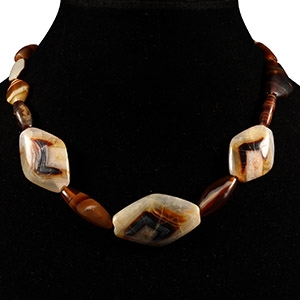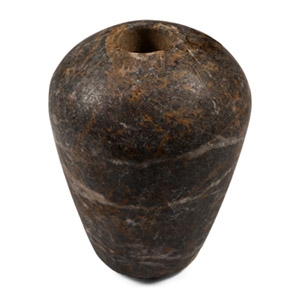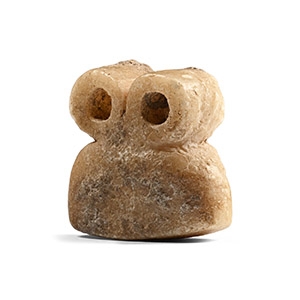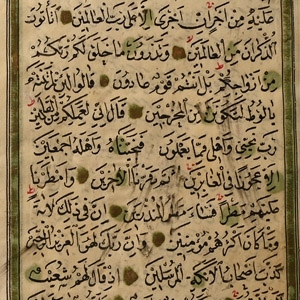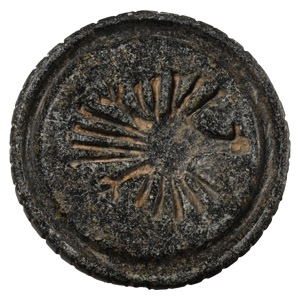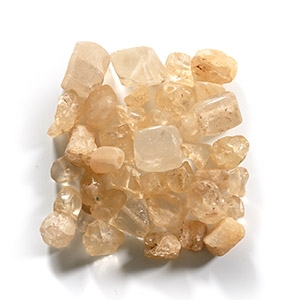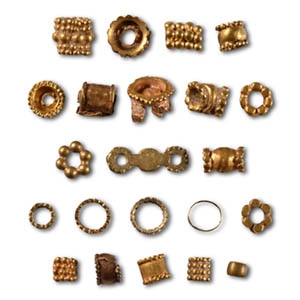Home > Auctions > 3 - 11 June 2025
Ancient Art, Antiquities, Books, Natural History & Coins
Ex London, UK, gallery, 1971-early 2000s.
London, UK, collection.
This lot has been cleared against the Art Loss Register database, and is accompanied by an illustrated lot declaration signed by the Head of the Antiquities Department, Dr Raffaele D'Amato.
Ex London art market, 1980-1990s.
This lot has been cleared against the Art Loss Register database, and is accompanied by an illustrated lot declaration signed by the Head of the Antiquities Department, Dr Raffaele D'Amato.
Cf. for the type Gorelik, M., Weapons of Ancient East, IV millennium BC-IV century BC, Saint Petersburg, 2003, in Russian, see pl.IV, no.40, from Western Iran.
Around the 17th century BC, Hyksos craftsmen apparently invented daggers with an elongated, narrow blade of a subtriangular shape, sometimes with a mid-rib, but more often flat, and a handle cast together with the blade, flat, fairly wide, with a pronounced, sometimes sharply, more often smoothly, pommel and crossguard. Such daggers very quickly gained popularity in Mesopotamia and further to the east and northeast, as well as to the northwest, in the Aegean, and became almost the most widespread type of dagger in these regions up until the middle of the 1st millennium B.C.
Ex London art market, 1980-1990s.
This lot has been cleared against the Art Loss Register database, and is accompanied by an illustrated lot declaration signed by the Head of the Antiquities Department, Dr Raffaele D'Amato.
Cf. for similar arrow-points Gorelik, M., Weapons of Ancient East, IV millennium BC-IV century BC, Saint Petersburg, 2003, in Russian, (plate XLIII, nos.26-27, 92-93).
Some of the represented arrowheads (paddle-shaped) were typical of the Old Babylonian Empire. The shoulders were pronounced and the arrowhead had a rectangular-section tapering tang. This simple form was popular throughout and are comparatively common finds in the Holy Land.
From the collection of a gentleman, acquired on the London art market in the 1990s.
This lot has been cleared against the Art Loss Register database, and is accompanied by an illustrated lot declaration signed by the Head of the Antiquities Department, Dr Raffaele D'Amato.
From the family collection of a Hampstead gentleman; formerly acquired in the 1980s.
This lot has been cleared against the Art Loss Register database, and is accompanied by an illustrated lot declaration signed by the Head of the Antiquities Department, Dr Raffaele D'Amato.
From the collection of a London, UK, gentleman, 1990s.
This lot has been cleared against the Art Loss Register database, and is accompanied by an illustrated lot declaration signed by the Head of the Antiquities Department, Dr Raffaele D'Amato.
Cf. Gorelik, M., Weapons of Ancient East, IV millennium BC-IV century BC, Saint Petersburg, 2003, in Russian, see pl.XXX, no.89, from Megiddo, for similar.
Acquired in the 1980s.
Private collection, Switzerland, thence by descent.
Private collection, since the late 1990s.
This lot has been cleared against the Art Loss Register database, and is accompanied by an illustrated lot declaration signed by the Head of the Antiquities Department, Dr Raffaele D'Amato.
See parallel idols in the Louvre Museum, accession number SB 9141, for similar; Metropolitan Museum of Art, accession no.1988.323.8; British Museum, excavated by Professor Sir Max Edgar Lucien Mallowan, inv. Nos.126473, 126477 and 126479; see also Collon, D., Ancient Near Eastern Art, London, 1995, p.47, for type; for the discussion on Tell Brak, their iconography and the religious meaning of eye idols see Green, J.B. & T.R., Gods, Demons and Symbols of Ancient Mesopotamia, An illustrated dictionary, London, 1992, pp.78-79.
This type of figurine belongs to the type known as an ‘eye idol’ or ‘spectacle idol’, made of stone, marble or alabaster. Usually models having incised eyes (but also examples of open eyes are found) have been excavated mainly at Tell Brak, where thousands were found in a building now called the Eye Temple. There, in the precincts of the temple, excavators have found thousands of little 'eye-idols', schematised humanoid figures fashioned from alabaster, limestone, soapstone and black burnished clay.
Ex M.Cummings collection, UK, 1980s-1990s.
This lot has been cleared against the Art Loss Register database, and is accompanied by an illustrated lot declaration signed by the Head of the Antiquities Department, Dr Raffaele D'Amato.
From the collection of Mr S.M., London, UK, formed from 1979-1999.
This lot has been cleared against the Art Loss Register database, and is accompanied by an illustrated lot declaration signed by the Head of the Antiquities Department, Dr Raffaele D'Amato.
Ex London, UK, collection, 1990s.
This lot has been cleared against the Art Loss Register database, and is accompanied by an illustrated lot declaration signed by the Head of the Antiquities Department, Dr Raffaele D'Amato.
From a West London, UK, collection, 1990s.
This lot has been cleared against the Art Loss Register database, and is accompanied by an illustrated lot declaration signed by the Head of the Antiquities Department, Dr Raffaele D'Amato.
Ex property of a late Japanese collector, 1970-2000s.
This lot has been cleared against the Art Loss Register database, and is accompanied by an illustrated lot declaration signed by the Head of the Antiquities Department, Dr Raffaele D'Amato.
853 - 864 of 3130 LOTS

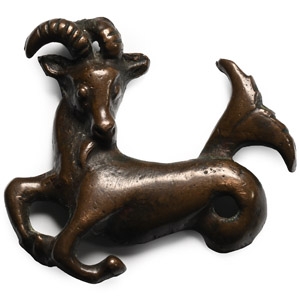
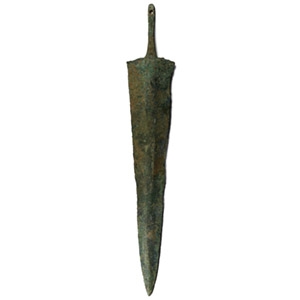
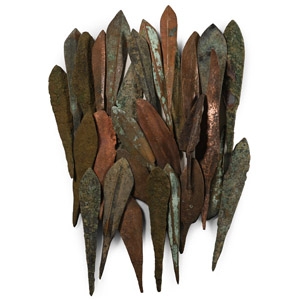
.jpg)
